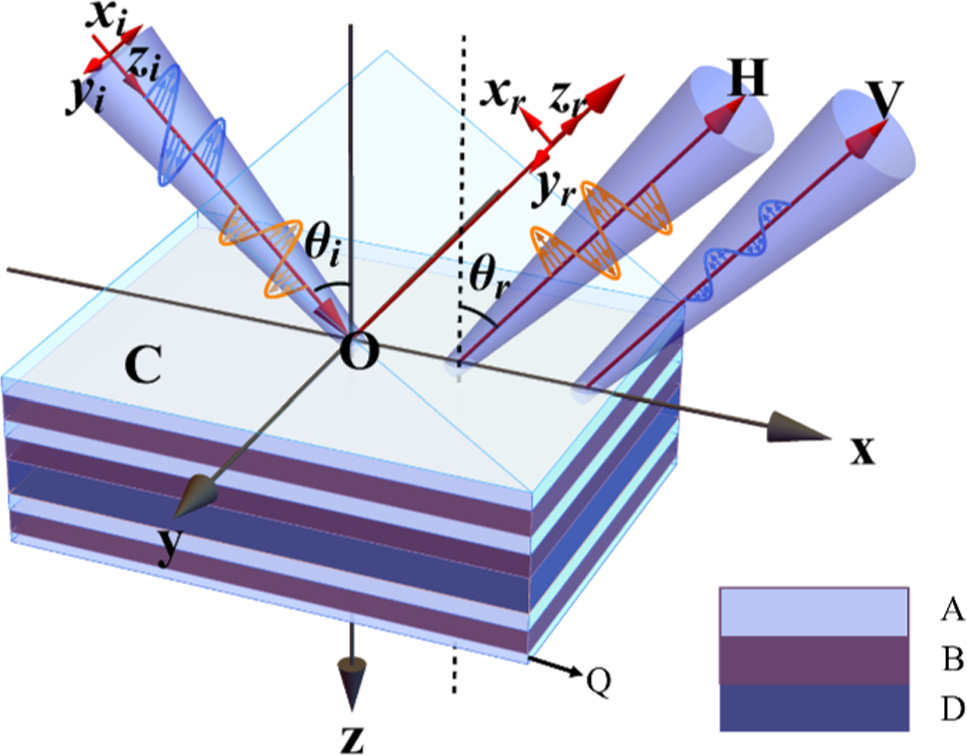EPJ D Highlight - Improving tuneability in optical differentiation
- Details
- Published on 23 August 2024

By considering waves which propagate through sample surfaces as light interacts with them, a new technique could make it easier for researchers to create real-time images of microscopic samples.
Optical differentiation is a useful technique for analysing images of microscopic samples in real time. Currently, however, it lacks the ability to fine-tune the resolution in the images it produces.
Through new research published in EPJ D, a team led by Jian Wu at the National University of Defence Technology in Changsha, China, propose a new approach, which enabled them to tune the wavelengths reflected from crystal samples. Their technique could allow researchers to extract far more detailed images of their samples, and would be especially useful for analysing systems of cells and large molecules.
Optical differentiation involves calculating the rate of change in key properties of a light signal – including its intensity, phase, and amplitude – after it interacts with a sample. This is particularly useful for distinguishing features around sample edges, where there are sharp discontinuities in the brightness, colour, and texture of the reflected light.
In their study, Wu’s team investigated the behaviour of Bloch surface waves, which propagate along the surfaces of insulating materials with periodic crystal structures. By incorporating these waves into their calculations, the team found they could substantially improve the tuneability of the wavelengths reflected from the surface.
This was possible since Bloch wave propagation can be affected even by tiny variations in incoming wavelength, causing dramatic changes in the positions of reflected light beams. As a result, the team could calculate detailed image features in real time through a simple mathematical relationship between the incoming and reflected light, which accounts for changes in polarisation and intensity as the light interacts with the sample.
Through their future research, Wu’s team will now aim to extend their approach to 2D crystal samples, potentially bringing its practical application a step closer to reality.
Shi, J., Li, J., Li, C. et al. Tunable photonic differentiator via Bloch surface waves. Eur. Phys. J. D 78, 109 (2024). https://doi.org/10.1140/epjd/s10053-024-00867-x




